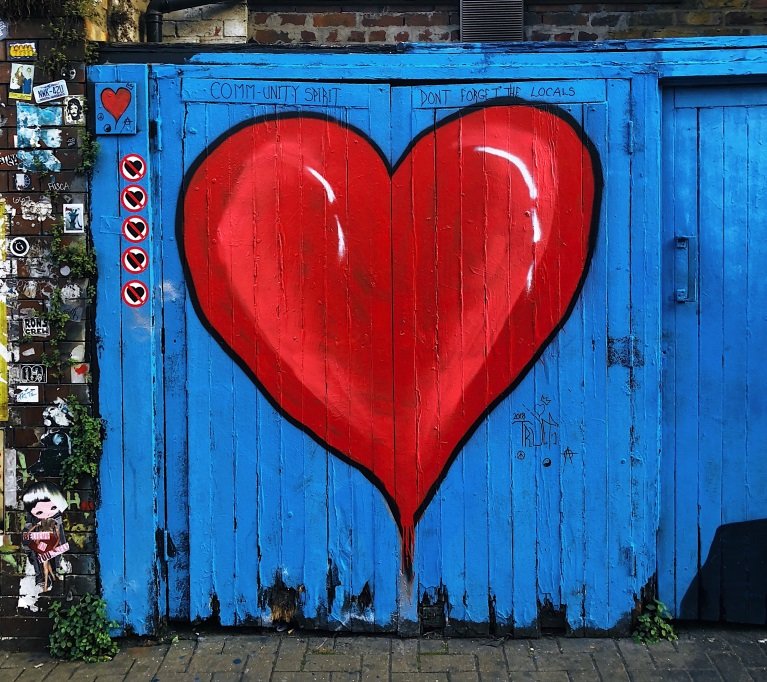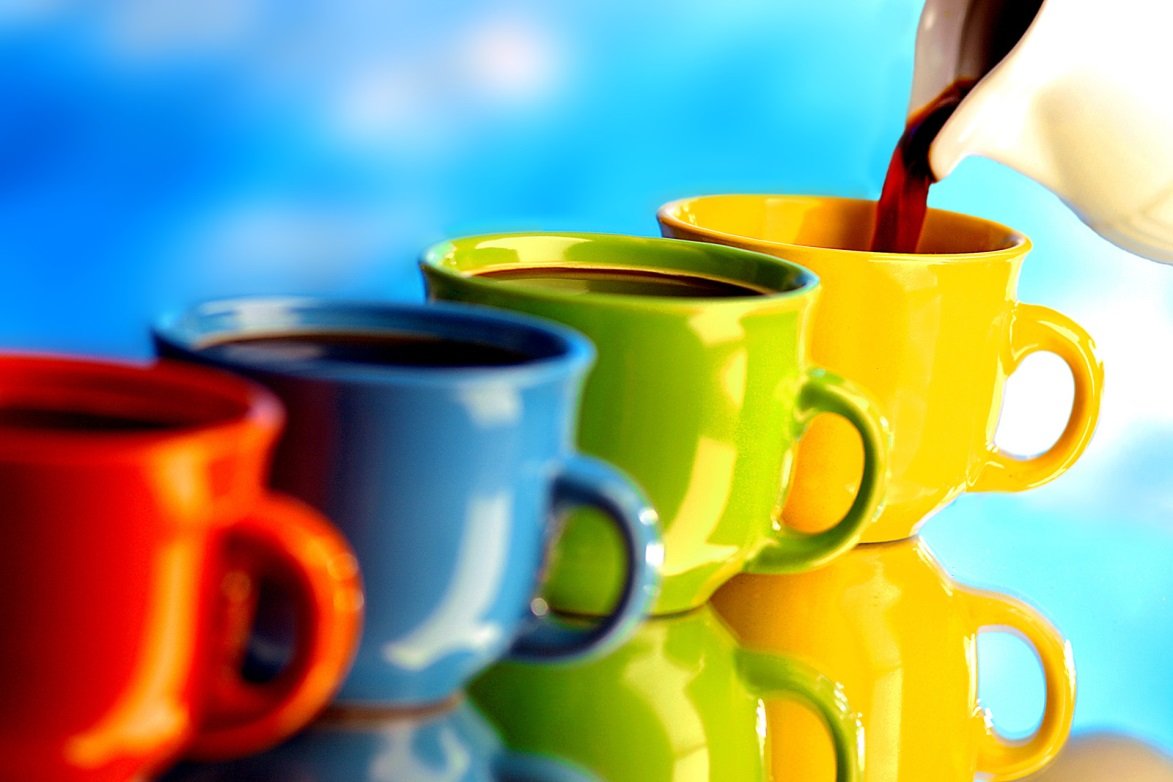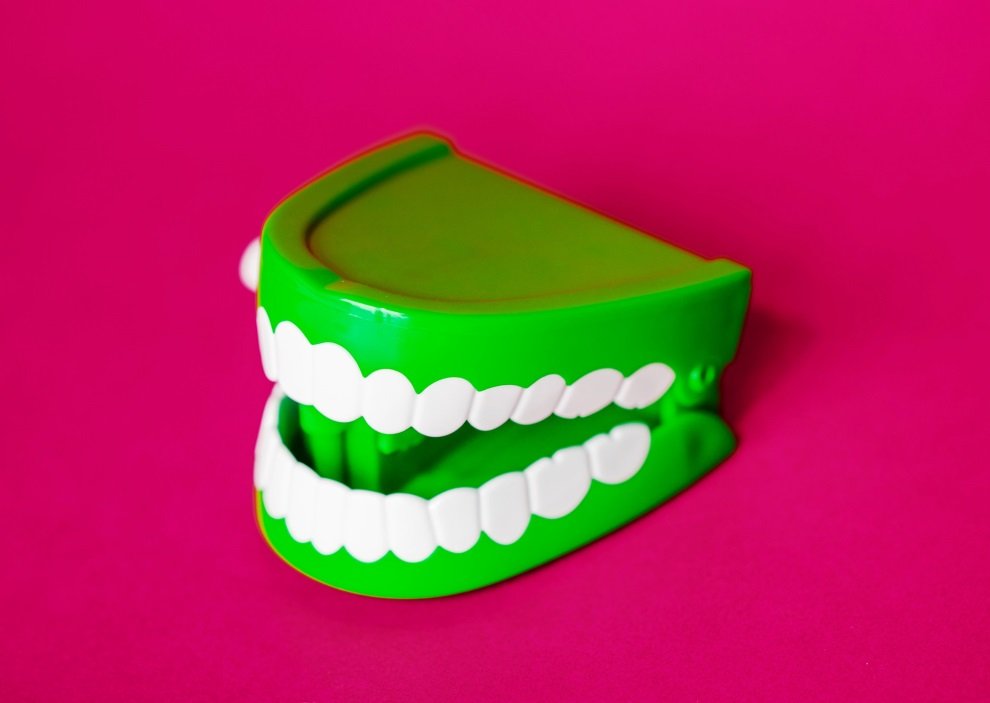
by Belinda Ollewagen | Nov 23, 2018 | water cooler
Frederic Matthias Alexander, founder of the Alexander Technique – a form of body mindfulness that has one break the cycle of unnecessary muscular and mental tension leading to ill health – said of habits ‘people do not decide their futures, they decide their habits and their habits decide their future’.
This is particularly true when it comes to choosing habits that will help your body function optimally and better encourage longevity, and one of the most important habits you can form is to regularly visit your water cooler to ensure your body remains properly hydrated on a daily basis. While drinking coffee, tea and soft drinks through the day definitely helps; drinking water remains the healthiest way to ensure you remain adequately hydrated. To help form that habit, here are a few simple, but effective ways to keep drinking water top-of-mind.
Make a point of drinking a glass of water at regular intervals throughout your day – when you wake up, when you brush your teeth, with each meal and then again before bedtime. And if drinking water on its own doesn’t appeal to you, try adding natural flavors like sliced strawberries or lemon – even freshly chopped fruit frozen in ice cube trays and then added to your water makes for a more enticing drink.
Keep a water bottle on hand and make regular trips to your office water cooler to replenish it and try to remember to sip on the bottle throughout the work day – studies show that sipping water throughout the day is more beneficial than trying to gulp down a few glasses all in one go. And if you’re at the gym be sure to do the same and be particularly mindful of taking regular sips to replenish the water you lose while exercising.
Sometimes the best way to enforce a new habit is to schedule reminders and then track your progress, so it might be a good idea to set up regular alerts on your phone or computer to prompt you to get up and walk over to the water cooler so that you drink that next glass of water. And at the end of the day be sure to review how much water you’ve consumed so that you know what your target is for the next day.
In short, the best way to form any new healthy habit is to keep working at it, so here’s to repetition and trying to be the healthiest we can be.

by Belinda Ollewagen | Nov 23, 2018 | water cooler
Over in the US it’s Thanksgiving this week and one can only imagine all the planning going on in preparation for feasting and family. We might not celebrate the holiday here – despite the fact that Black Friday seems to have crept in there – but it is a good reminder to stop and take stock of all that we can be thankful for. And one thing that we take very much for granted is the office water cooler and the fact that it dispenses safe drinking water at the touch of a button – something that millions around the world do not benefit from.
Taken from water.org, here are a few eye-opening statistics:
- Today 1 in 9 people lack access to safe water and 1 in 3 people lack access to a toilet
- Globally this translates into 844 million people who lack access to clean water and 2.3 billion who are living without access to improved sanitation
- Women and girls spend 200 million hours every day collecting water
- 1 Million people are killed by water, sanitation and hygiene-related disease each year
- Every 2 minutes a child dies from a water-related disease
- The 3rd leading cause of child death is diarrhoea
- 1/3 Of all schools lack access to basic water and sanitation
- $260 Billion is lost globally each year due to lack of basic water and sanitation
The tremendous need in Africa alone, where 345 million people are without access to clean and safe drinking water is what prompted AquAid to help establish the Africa Trust – a charity dedicated to bringing sustainable and fresh water supplies and decent sanitation to the poverty-stricken in Africa. With a percentage of every water cooler sale donated to the trust, AquAid has to date donated over £6 million, built over 5,000 water wells in different developing countries on the continent, and helped bring safe drinking water to more than 1.2 million people.
So, let’s be thankful for all that we have and practise gratitude more often – not only when it’s expected of us, but every day; because as Cicero said ‘a thankful heart is not only the greatest virtue, but the parent of all the other virtues’.

by Belinda Ollewagen | Nov 23, 2018 | Hot Water Taps, instant tap, water cooler
After a fabulous summer, the weather has definitely turned and whether we like it or not, it’s time to start preparing for winter. That means cranking up the heat, increasing the number of layers as we step outside and increasing our intake of hot teas and coffee. Not only are hot drinks warming, but a very interesting study also found that they make us friendlier: ‘participants who briefly held a cup of hot (versus iced) coffee judged a target person as having a “warmer” personality’ – so that’s something to keep in mind the next time you want everyone to get along.
While we know hot drinks warm us up, the jury’s still out on whether this ‘fact’ is grounded in science or if it’s more psychological. Either way, there’s something very comforting about heading over to the hot water taps in your staff breakout area and making a hot cup of coffee; which brings us to an essential for winter – instant taps. With everyone vying for boiling water to make that next cup of tea, there’s nothing more frustrating than having to wait in line for a kettle to boil, but with instant taps in your staff kitchen, wasted time and poor productivity is a thing of the past.
Hot water taps are space saving – small and compact, they fit neatly underneath a counter or sink. Beautifully designed, they are stylish, modern and versatile; and provide instantly boiling water at the touch of a button. And because they’re plumbed into the mains water supply, the hot water is also limitless which means there’s plenty to go around for both staff and clients or customers – making instant taps ideal for not only breakout areas, but also boardrooms and conferencing venues. And because there’s no kettle to boil, instant taps are also more cost-effective and time-saving – factors which definitely affect a company’s bottom line.
So, if you want to keep your team warm, happy, friendlier and more productive, consider installing AquAid Instant Taps in your breakout area – not only will you benefit from the high-quality products and exceptional service provided by the UK’s leading water cooler supplier, but for a short time only you can save even more as AquAid are also offering free installation and three months free rental on all their instant taps.

by Fern Shaw | Nov 23, 2018 | Water Boilers, water cooler
Being spontaneous is all fair and well enough in certain aspects of our lives: switching up where you take your holiday or buying a luminous yellow cover for your iPhone or Android where you usually stick with a discreet grey for example.
When it comes to your pocket, health and well-being though, preparation and planning ahead is usually the wiser choice. ‘Be prepared’ after all is the call sign of the Scouts and Guides and who doesn’t appreciate a person who’s prepared for any eventuality!
It’s the same when it comes to your cooler weather drinking water habits. In this regards, though, you needn’t worry: AquAid have you coolered.
But are there real benefits to installing an AquAid Water Boiler? As it turns out, there are plenty, but for the purposes of this article, we’re highlighting just a few:
A water boiler is extremely cost effective, both from an operational and time-saving perspective. Many hours of productivity are lost waiting for the kettle to boil.
The water is kept at the optimum temperature, safe enough that it won’t scald, but hot enough to brew up your preferred hot drink.
Each machine in the range is designed so that you get the most out of your water boiler – from the smaller AquAid Eco Compact Water Boiler through to the larger AquAid Eco Wall Fit LargeFlow Water Boiler.
With the cooler weather now upon us and the temperatures dropping as we head towards the end of the year, it makes good sense to install the right-fit water boiler in your premises as soon as possible – wherever your location or whatever your workspace.
Speak to us at AquAid today.

by Fern Shaw | Nov 13, 2018 | Water, water cooler
Typing the query ‘which fruit contains the most water’ into the omnipresent Google produces this result:
‘Grapefruit.’
*Then more about watermelon and strawberries – thing is, watermelon and strawberries seem to contain more water than grapefruit – 92% as opposed to the 91% of water in grapefruit. This leads me to believe that there’s some secret grapefruit marketing organisation that’s fruit bombing Google to ensure that the lesser watered grapefruit receives pole position.
Anyhow, I’m all okay with it – I really enjoy grapefruit, not so much watermelon (a story for another time). It may stem from my clever Mother who used to prepare our half a grapefruit with a sprinkle of brown sugar and a Maraschino cherry on top every single morning, rain or shine; or because I’ve just always enjoyed the more citrus of fruits.
Grapefruit also contain powerful anti-oxidants. What are anti-oxidants, you may ask? Well, simply put, they are one of the first lines of defence that the body employs to keep free radicals in check and prevent them from causing a domino effect of damage on other cells. Antioxidant compounds can ‘donate’ electrons to unstable free radicals so they don’t have to snatch electrons from unsuspecting nearby cells. So the ‘all powerful’ in the headline was pretty bang on – it is a fruit containing much power for good.
The rich pink and red colours of grapefruit are due to lycopene, a carotenoid phytonutrient. A carotenoid gives fruit their red, orange and yellow colour. These compounds are believed to protect against certain cancers, heart disease and even vision loss due to macular degeneration. You won’t find lycopene in white grapefruit. White grapefruit? Didn’t know there was white grapefruit! Continuing, lycopene appears to have anti-tumour activity. Among the common dietary carotenoids, lycopene has the highest capacity to help fight oxygen free radicals, which are compounds that can damage cells.
So, aside from its top ranking despite it having the second highest water content, it would seem that grapefruit is all that.
As we head into the colder months, it’s understandable that we may veer away from topping up our water from the water cooler as much as we do when it’s warmer. But this is a mistake – our bodies still need to hydrate irrespective of the weather. What may be worth considering though is to ramp up your water intake with a water-rich, free radical booting fruit like … grapefruit. We may not all have a Mum who prepares our get-up-and-go grapefruit for us, but that’s no excuse.
*updated from a 09 Nov 2015 blog

by Fern Shaw | Nov 13, 2018 | water cooler
If we look at the dental health stats in the UK it hasn’t been the prettiest of pictures sadly.
For decades debate has raged about what does or doesn’t constitute good dental health.
The good news though, is that since 1968 adults being ‘edentate’ (meaning they had no teeth of their own) has reduced from 37% to a mere 1% in 1998.
The one incontrovertible fact is that if you maintain good drinking water habits, it promotes sound dental health significantly.
Simple ways where water helps you to keep healthy strong teeth:
- Sometimes brushing teeth isn’t enough to dislodge food particles stuck between teeth (after meals and before you get home to brush your teeth). If you take a swig from your water bottle (in your re-usable water bottle that you have on you at all times, of course) and give your mouth a bit of a rinse, this can aid in removing food particles.
- According to reports drinking a glass of water first thing in the morning can help reduce morning breath.
- There’s no sugar in water (yes, we know, a tad obvious, but sometimes the obvious needs to be said!) so if you’re drinking water instead of sugary drinks, you’re actually reducing your chances of gum disease and tooth decay.
- If you don’t carry dental floss or a toothbrush around with you (and I’m sure many of us don’t, especially at work), you can always give your mouth a quick refresh by substituting your toothbrush with a finger and rinsing your brushing with water, although we suggest that you don’t perform this ‘refresh’ at your water cooler.
Obviously there’s a lot more than drinking water that’s needed to improve your teeth and gum health, but it’s both a simple and helpful start.
Cheers! Here’s to your good dental health!






